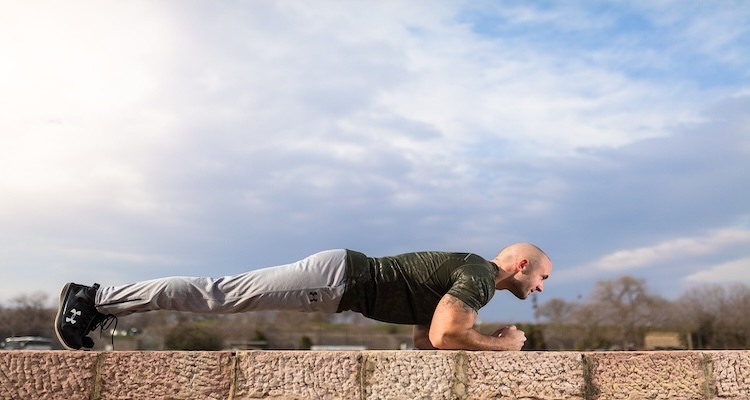
In the dynamic world of sports and physical fitness, the term "core stability" has become a buzzword, and for good reason. Regardless of the sport or physical activity you engage in, developing and maintaining a strong core is fundamental to overall athletic performance. In this article, we'll delve into the importance of core stability for individuals participating in sports and explore how it serves as a foundation for success.
Before delving into its significance, let's first define what we mean by "core stability." The core is more than just the visible abdominal muscles; it encompasses a complex network of muscles, including the rectus abdominis, obliques, transverse abdominis, and lower back muscles. Core stability refers to the ability of these muscles to work synergistically in order to support and control movements of the spine, pelvis, and hips.
One of the primary benefits of developing core stability is the improvement of functional movement. In sports, agility, coordination, and balance are essential components of success. A strong core provides a stable base for these movements, allowing athletes to change directions rapidly, maintain balance during sudden changes in speed, and execute precise and controlled actions required by various sports.
A stable core is a key player in injury prevention. Athletes often subject their bodies to intense physical demands and repetitive motions, increasing the risk of injuries. A well-developed core acts as a protective shield for the spine and surrounding structures, reducing the likelihood of injuries such as lower back pain, muscle strains, and even more serious conditions like herniated discs.
For instance, in sports that involve rotational movements, like golf or tennis, a strong core can absorb and distribute forces more efficiently, minimizing the strain on the spine and reducing the risk of overuse injuries. In contact sports, the ability to brace the core can protect against impacts and sudden changes in direction.
Core stability plays a crucial role in maintaining good posture, both during sports performance and in everyday activities. A stable core helps align the spine, preventing slouching and promoting an upright posture. Proper posture not only enhances the aesthetic appeal but also ensures optimal biomechanics, reducing the risk of injuries associated with poor alignment.
Furthermore, athletes with good posture can breathe more efficiently, maximizing oxygen intake and improving endurance. Whether it's running, cycling, or participating in team sports, maintaining an upright posture allows athletes to perform at their best for more extended periods.
The core acts as a link between the upper and lower body, facilitating the transfer of force during athletic movements. A strong and stable core enhances the efficiency of this force transfer, leading to improved power generation and overall strength. This is especially crucial in sports that require explosive movements, such as sprinting, jumping, or throwing.
For example, a sprinter with a strong core can generate more power with each stride, resulting in increased speed. Similarly, a basketball player with a stable core can execute powerful jumps for rebounds or slam dunks. In weightlifting, a solid core is essential for maintaining proper form and maximizing lifting potential.
Different sports demand specific movement patterns and skills. Core stability training can be tailored to address the unique requirements of each sport, providing athletes with a competitive edge. Sports like swimming may benefit from rotational core exercises, while sports involving quick changes in direction, like soccer, can benefit from lateral stability drills.
In conclusion, core stability is a cornerstone of athletic success across various sports. Its impact extends beyond aesthetic appeal, influencing functional movement, injury prevention, posture, power, and sport-specific performance. Integrating targeted core stability exercises into training programs is essential for helping athletes unlock their full potential and excel in their chosen sports. By prioritizing core stability, individuals can enhance their overall athletic performance and pave the way for a healthier and more successful sporting journey.
If you would like to know more about flexibility it is always best to speak to an expert. To find a fitness professional to work with, or another specialist who works on physical aspects of performance such as a yoga teacher, then do search our global directory of sports performance specialists.
